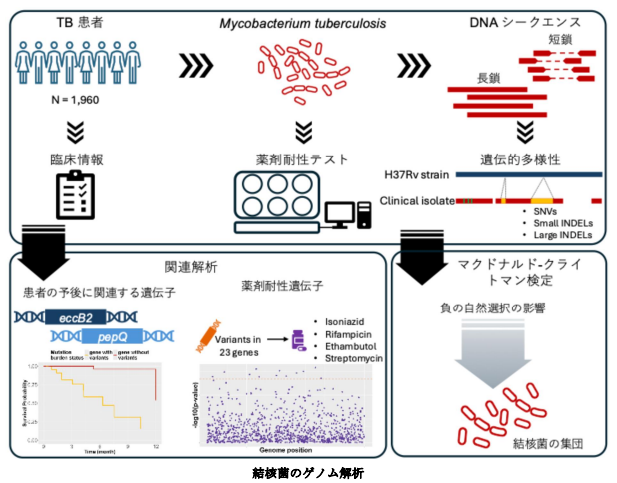2024-10-29 カリフォルニア大学サンディエゴ校(UCSD)
<関連情報>
- https://today.ucsd.edu/story/new-study-uses-simulations-to-reveal-bioluminescent-light-intensity-in-breaking-waves
- https://agupubs.onlinelibrary.wiley.com/doi/10.1029/2024GL110884
数値シミュレーションによる砕波の生物発光強度の定量化 Quantifying Bioluminescent Light Intensity in Breaking Waves Using Numerical Simulations
Xuanting Hao
Geophysical Research Letters Published: 16 October 2024
DOI:https://doi.org/10.1029/2024GL110884

Abstract
Breaking-wave induced bioluminescence is a critical component of the biogeochemical process in the ocean. Understanding bioluminescence is important for monitoring red tides caused by bioluminescent microorganisms. In this study, we present the first numerical effort to quantify bioluminescent light intensity based on high-fidelity direct numerical simulations of breaking waves and a quantitative bioluminescent model. The dynamics of breaking waves are extensively validated through comparison with existing studies. We find that the time-averaged and Lagrangian-averaged shear stress saturates as surface tension effects decrease and wave steepness increases. The spatial distribution of light intensity correlates with the wave crest overturning and air bubbles generated in plunging breakers. Furthermore, we observe that the maximum light intensity asymptotically approaches the emission of single cells, suggesting the potential for cost-effective prediction models in future studies.
Key Points
- A numerical framework is developed to quantify bioluminescence stimulated by ocean surface breaking waves
- The time-averaged and Lagrangian-averaged shear stress saturates as surface tension effects decrease and wave steepness increases
- Maximum bioluminescent light intensity asymptotically approaches single cell emission at the time of flashing
Plain Language Summary
Marine microorganisms, such as dinoflagellates, flash when stimulated by mechanical forces caused by breaking waves. Understanding this phenomenon, also known as the ‘blue tears’ of ocean, is helpful for predicting ‘red tides’, a hazardous algal blooms caused by dinoflagellates. We use computer simulations to determine how much light is emitted when breaking waves stimulates bioluminescence. Our analysis show that there is an upper limit for the level of the mechanical force in breaking waves. We also find that the maximum bioluminescence light intensity is similar to that emitted by a single cell.


